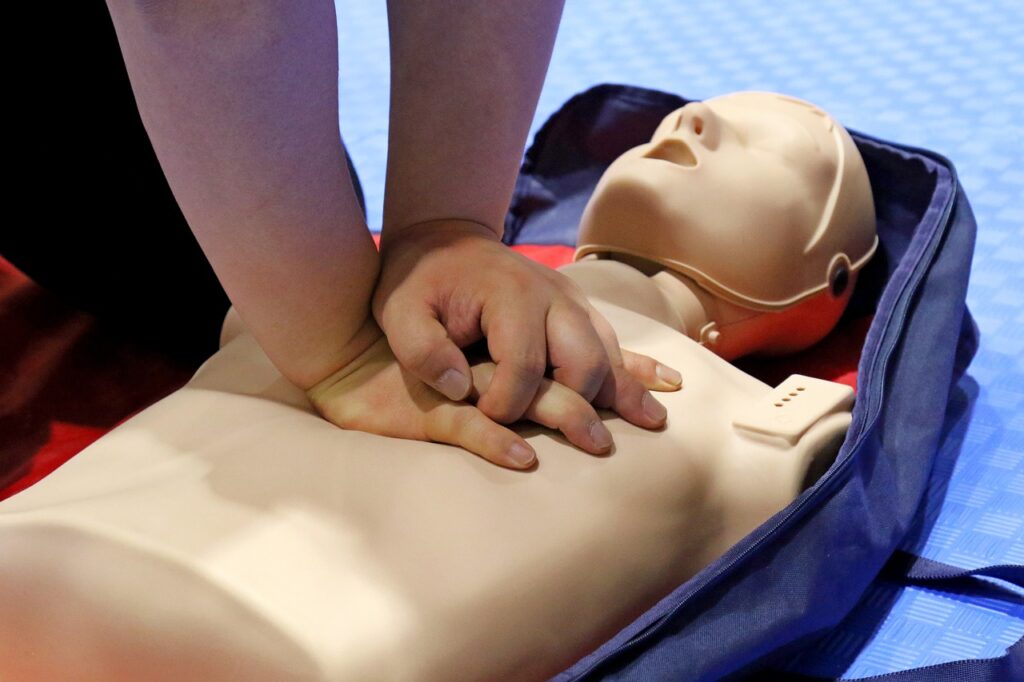One of the many roles of first responders, is to train the public. It is highly recommended to take advantage of this training whenever possible. Receiving training on Fire Safety and Fire Prevention, CPR and First Aid, might someday assist you with saving the life of a loved one, or someone else’s loved one. Please contact your local agencies to find out when these trainings are offered.
CPR and First Aid Training (EMS and Firefighters):
Fire Safety and Prevention (Firefighters):
Disaster Preparedness (Police, Firefighters, EMS):
Community Emergency Response Team (CERT) Training (Police, Firefighters, EMS):
Crime Prevention and Safety Awareness (Police):
Active Shooter Response Training (Police):
Youth Programs and Education (Police, Firefighters, EMS):
Safe Driving Courses (Police):
Public Health and Safety Fairs (Police, Firefighters, EMS):
Emergency Communication Training (EMS and Firefighters):
These programs help to empower the community by equipping individuals with the knowledge and skills they need to respond effectively in emergencies and contribute to overall public safety.

This website contains affiliate links. As an Amazon Associate, I earn from qualifying purchases. If you buy something through one of these links, I may earn a small commission at no extra cost to you.
